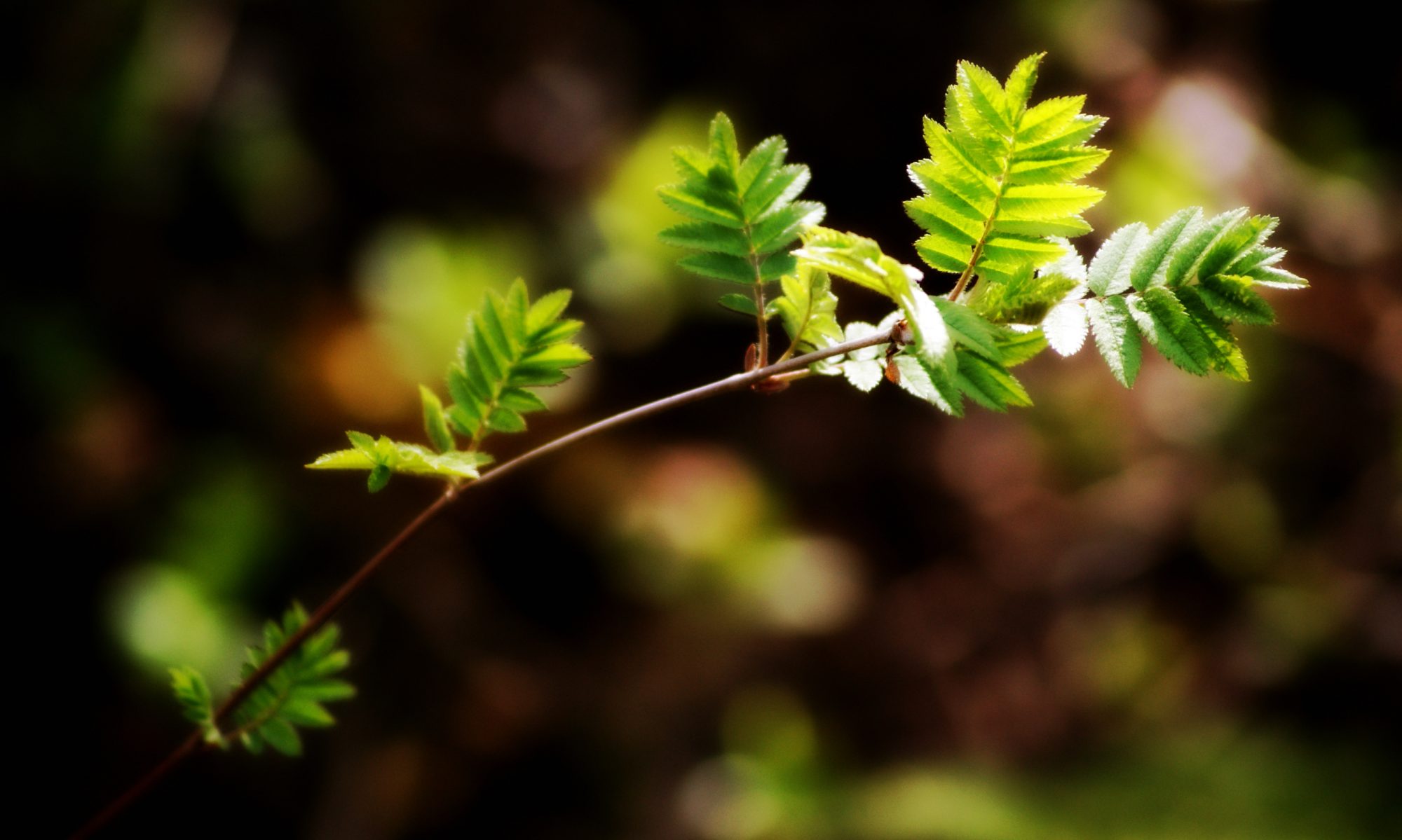You never know when you’ll be bytten by a beetle. Turns out, today’s the day!
Canada’s coolest university towns
The Spruce Capital of the North (pop. 84,000) – locally known as PG or the Notorious P-I-G – is a frontier town turned fun zone. Surrounded by ancient forests and mountain peaks, the green-minded University of Northern British Columbia combines small class sizes with the great outdoors: on a clear day on campus, you can see all the way to the McGregor Range. Just watch for wandering moose on the hike up to school.
“We don’t yet know how much exposure to environmental bacteria (for example, through activities that involve contact with the soil) is enough to confer health benefits,” says Lowry. “It is clear, however, that exposure through breathing or consuming specific types of environmental organisms has the capacity to reduce inflammation and confer health benefits.”
Experience dirt by getting out to play
“Parents should think about why their child is in a particular program and whose needs are being served,” she says. “Is the program to keep the child busy while the parent is busy? Is it something the child really wants to do? If so, how much time is taken up with activities during the week? Is it reasonable? Does the child have time to complete school work and take responsibilities for other commitments at home? What about time to engage in simple play?”
You’re going to have to wait awhile to read this
A forest has been planted in Norway, which will supply paper for a special anthology of books to be printed in one hundred years time. Between now and then, one writer every year will contribute a text, with the writings held in trust, unpublished, until 2114.
Poetry, translated from original bark beetle inscriptions
Translations from Bark Beetle (Milkweed Editions) is made up of two basic types of poems. In the first, Gladding translates notations left by bark beetle (those squiggly inscribed lines one sometimes sees in wood) into poetry; and in the second, she inscribes her own poems on natural materials such as quarried slate or found objects—a pair of tongue depressors, for example, or a scan from a doctor’s office. The collection is an ambitious work that presses the reader to see and read language (and resituate it in the world) anew.
